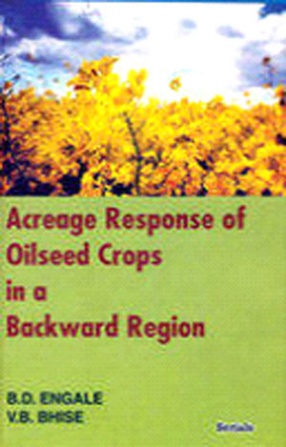
V.B. Bhise

Showing all 11 books
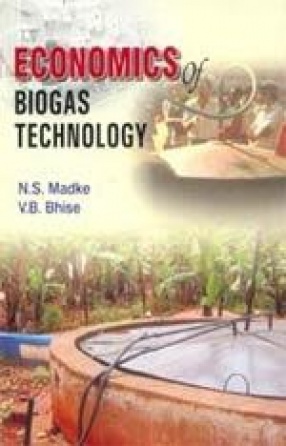
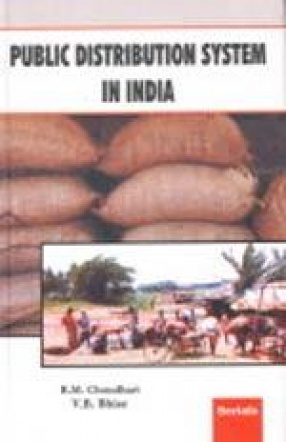

About the Book In order to increase agricultural production it is essential to know the factors to which it is more responsive. Agricultural production is a complex process. It depends upon several factors such as weather, rainfall, irrigation, crop-pattern, HYV seeds, fertilisers and pesticides, animal labour, machinery and farm prices. India holds an important position in the world in terms of rich diversity of oilseed crops and in terms of area under it. India ...
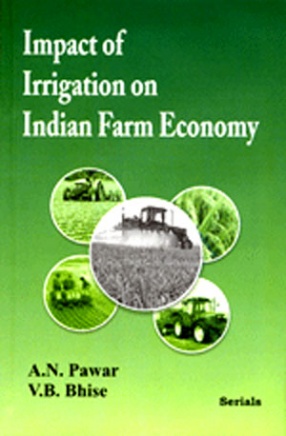
Irrigation is the most important instrument for the agriculture development because it enhances both productivity and production and brings stability in them. This book outlines the irrigation development in India during pre- and post - independence period. It also discusses the irrigation development in Maharashtra since 1960. It presents various macro-level and micro level impacts of irrigation on agriculture like crop production, cropping pattern, crop ...
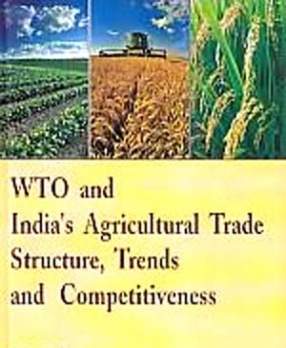
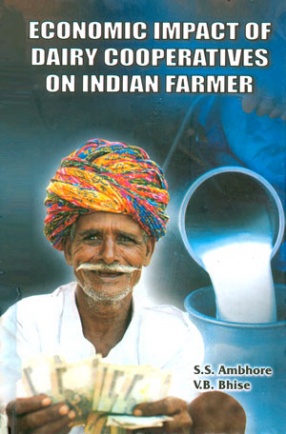
Dairying is the second important source of income and employment for a large proportion of rural masses in India and most of them are small, marginal farmers and agricultural labourers. Indian dairy farmers have done the greatest task of making India number one producer of milk in the world. The increase in per capita milk availability is a big achievement keeping in view the huge increase in the population of the country. This book examines the policies and ...

Economic reforms were introduced in India from July 1991 to meet the challenges of severe crisis. While launching the Ninth Five Year Plan it becomes essential to know as to what has been achieved of economic reforms during 1991-97. The different papers which are compiled in this book by and large brought out the achievements and the shortfalls of reforms. The interesting part which has been stressed by few scholars is the poor performance of infrastructure in ...

Energy crisis is gradually becoming acute in Indian particularly in the countryside. Some new strategies have been envisaged to deal with this problem. Generation of energy from the non-conventional sources as like biogas technology, is one of the societal responses. Biogas technology, is one of the societal responses. Biogas technology provides gas for cooking, lighting and motive power and also brings about a qualitative change in the family and community life ...
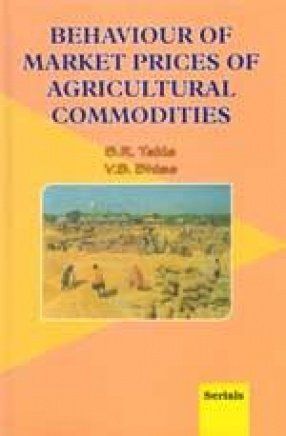
Agricultural prices particularly of foodgrains and oilseeds play an important role in the whole national economy of India. They affect production decisions by the farmers and their incomes. Variations in prices of agricultural commodities is a big problem in Indian agriculture because of the dependence of production on monsoons. Agricultural prices exhibit spatial and temporal price fluctuations. Temporal price variations include seasonal, ...
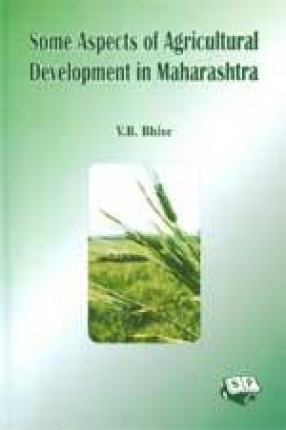
The Articles in this volume throws light on some important aspects of agricultural development in Maharashtra State. The analysis made in these articles is the part of the doctoral research works carried out by the contributors. The nexus between growth and instability in agricultural production in case of oilseeds and growth performance of sugarcane crop are analysed. This book also deals with the acreage response of commercial crops resources ...

Ensuring food security to all people is the primary responsibility of the state. The share of India in the food insecure and malnourished population in the world is much higher than its share in world population. The central and state governments have started various programmes to alleviate poverty. In India, the public distribution system is a large-scale food rationing programme meant to reduce food insecurity. This system has been concerned mainly with ...
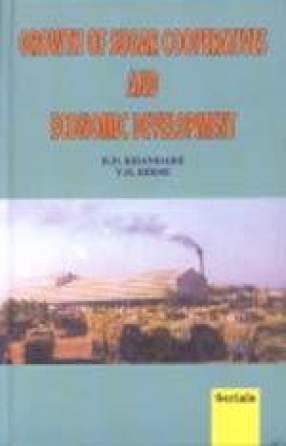
The Indian Sugar Industry is one of the oldest industries in the country. The rapid growth of sugar industry in Maharashtra has helped to a very great extent in stabilizing the sugar production in the country and reducing the chronic shortage of sugar. Maharashtra state produces about 1/3 of the total sugar produced in the country. Marathwada, a backward region of Maharashtra state, has good potential for sugarcane cultivation and development of sugar industry. ...

India has the second largest concentration of tribal population in the world. As per 2001 population census, tribals constitute about 8 per cent of the total population of the country. Although the technological breakthrough as such in Indian agriculture is no longer a new phenomenon, yet it has got a significant relevance particularly for the regions, which are still lying in the embryonic stage of agricultural development. Tribal dominated regions have not yet ...
